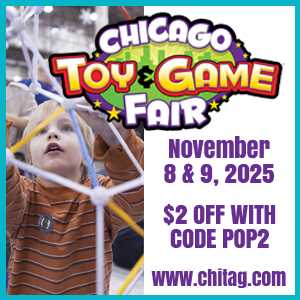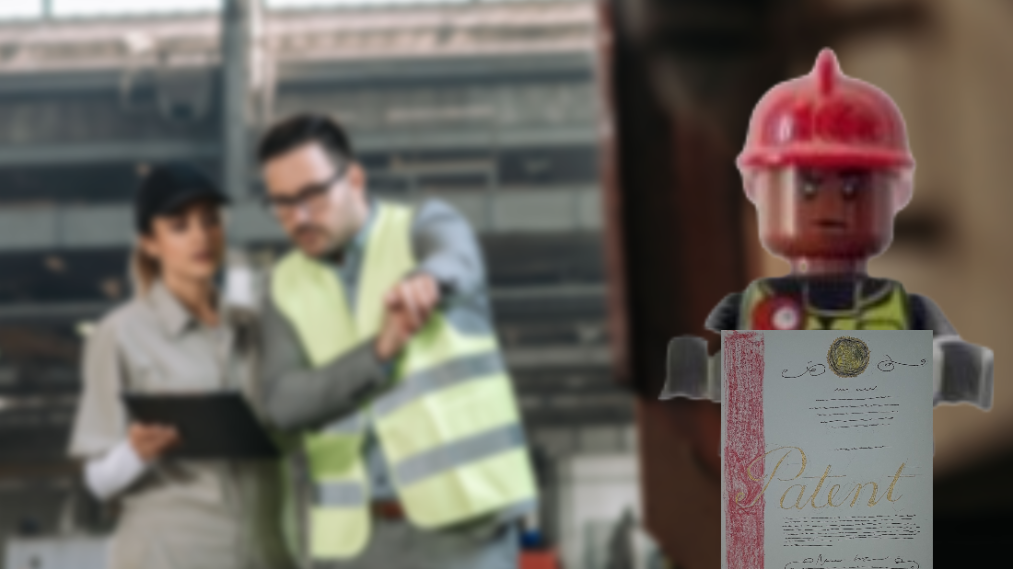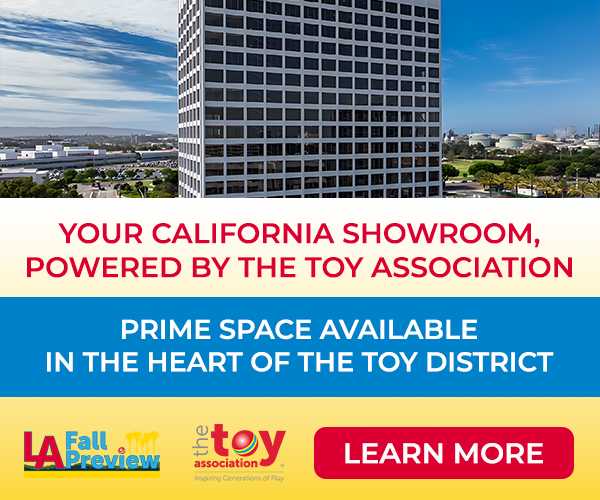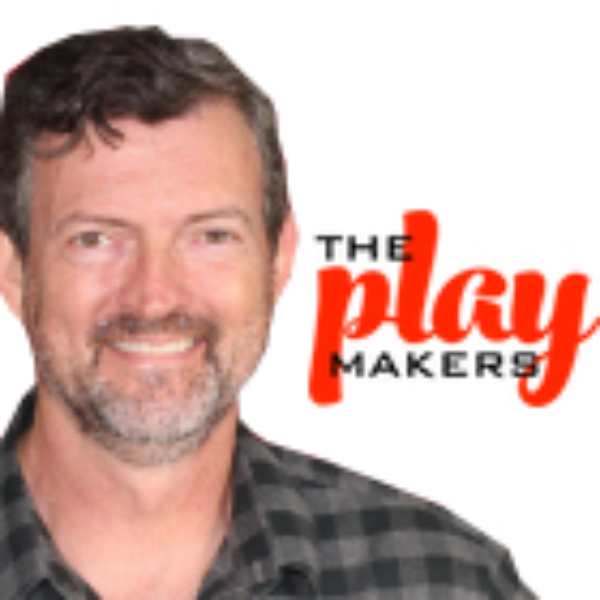You have to be rich or highly-educated to apply for a patent. Right?
Last week I spoke to Crystal Hammond, USPTO Assistant Outreach Coordinator, Damian Porcari, Director of the Elijah J. McCoy Midwest Regional United States Patent and Trademark Office, and Deepak Daicharya, USPTO Outreach Officer, about how to encourage people of modest means without PhDs, especially non-white ones, to believe in their ideas enough to apply for patents. Here are some of the thoughts I came away with:
It’s a fact that most of the people—45%-- who achieve patents have advanced degrees such as PhDs or MDs. Another 30% have master’s degrees. Only 2.2% have high school degrees or haven’t completed high school. Women inventors are only 12% of the patent market. Does that mean that they don’t have ideas that deserve patents?
Considering that women are 50.8% of the US population, and people who complete their educations at high school are 28%, that’s unlikely at best.
So what’s stopping them from pursuing patents, especially in the toy and game industry?
- First, even if they don’t know the exact statistics, they get the idea that you need an advanced education.
- Second, there’s the perception that patent applications are wildly expensive. If inventors get patent attorneys involved, applications cost $8,000-12,000.
- Patents for “furniture and games” were only .9% of the total patents in 2010-12 according to the OECD. The market cycle for toys is so brief, why bother? That’s too bad, because unlike, say, electrical machinery and semiconductors, toys and games is a sector that doesn’t require advanced education, just a novel idea and the ability to push it through.
Which is where the USPTO comes in. They’ve launched the National Council for Expanding American Innovation (NCEAI), The NCEAI, comprising “representatives from industry, academia, and government, will help guide the USPTO in developing a comprehensive national strategy to build a more diverse and inclusive innovation ecosystem by encouraging participation demographically, geographically, and economically.
“It is critical that industry, academia, and government work together to strengthen our culture of innovation by encouraging the participation of young people from diverse backgrounds,” said U.S. Secretary of Commerce Wilbur Ross. “Through the National Council for Expanding American Innovation, we plan to develop a national strategy for promoting and increasing the participation of underrepresented groups as inventor-patentees, entrepreneurs, and innovation leaders.”
People underrepresented in the current group of patent applicants often have no idea that they can file claims for under $100, and how many free resources the Patent Office offers pro se inventors, from online events and law school clinics to 80+ specially-trained librarians and one-on-one assistance.
We discussed ways to encourage diverse people, with neither higher degrees nor deep pockets, to consider themselves as inventors. One way was to cooperate with other federal bureaus and agencies (I didn’t know there was a difference!) such as the Department of Transportation, the Census Bureau, and the US military to spread the word. Is the application process cumbersome? Yes. But if you’ve been a Census Enumerator or served in the armed forces, you’ve already proved you can fill out the forms.
From what I saw at CHITAG last November, toy and game innovators are more diverse than the current pool of patent candidates. Talk at the water cooler is that patent examiners go easier on toy inventors, and on pro se filers. (I’m counting on that.)
I sincerely hope that People of Play amateur inventors will apply for patents, receive them and succeed with them. Then that they’ll spread the word, coach other inventors in the patent process and take advantage of People of Play’s resources for inventors.
If they, or you in particular, need help with the patent process, check out USPTO.gov, and share innovative ideas for encouraging diverse inventors.
At our meeting I brainstormed about incentives that might inspire diverse inventors to give it a shot. Some of my ideas were so off-the-wall that I’m embarrassed to mention them here. But one of them was swag, particularly an “inventor” minifig®.
If the USPTO starts handing out “inventor” minifigs, you know where they got the idea.
Recent Blogs
Recent Blogs

Biographies and Interviews
Catching up with Eric Olsen, The Inventor of Flip 7 and Co-Creator of Messy Table Games
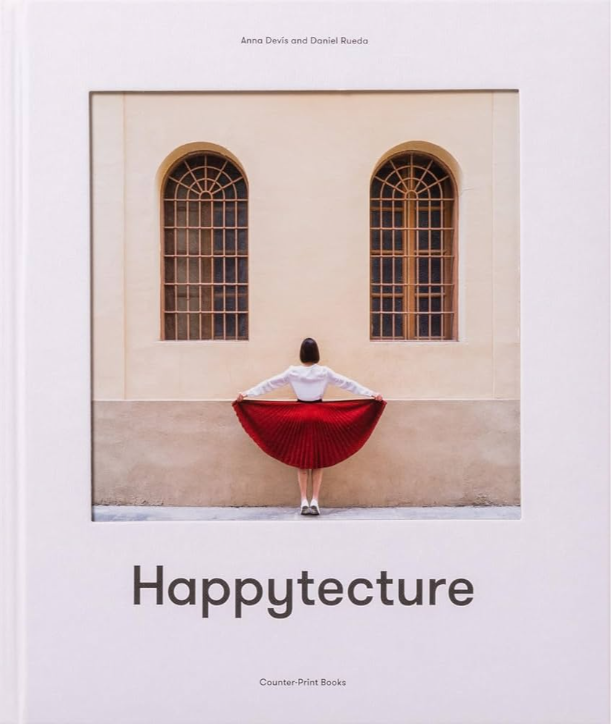
Reviews
Book Review: Happytecture by Anna Devís & Daniel Rueda
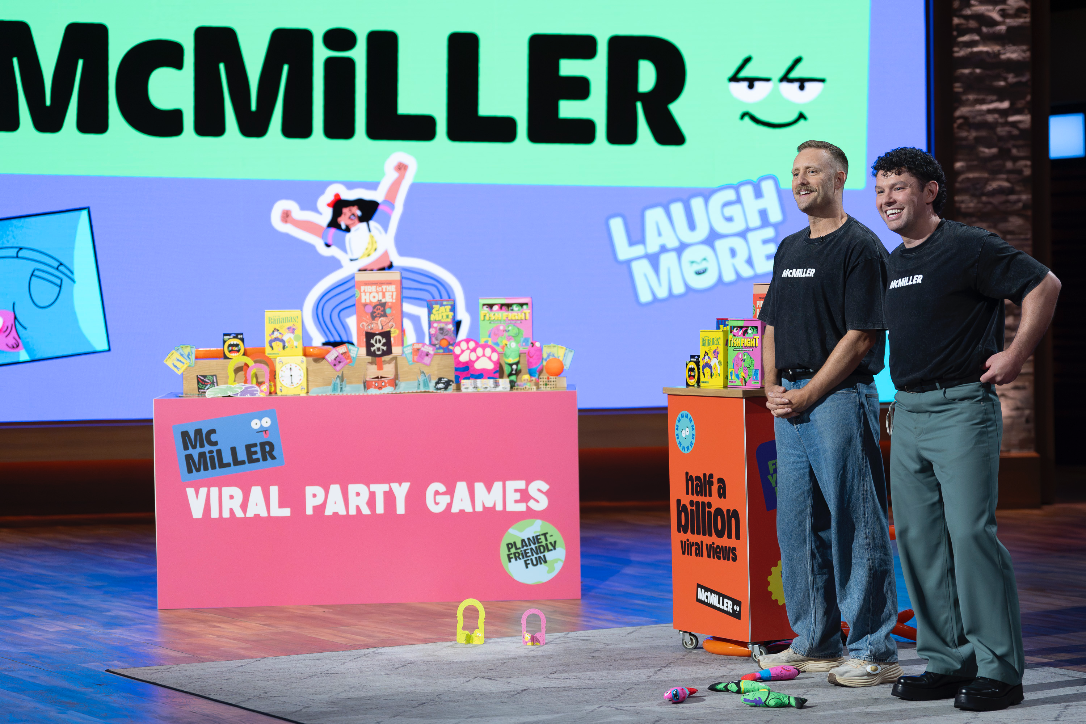
Biographies and Interviews
From Stage Lights to Game Nights: McMiller’s David & Julian on Shark Tank (Dec 10th), Viral Success & Building a Business With Your Husband
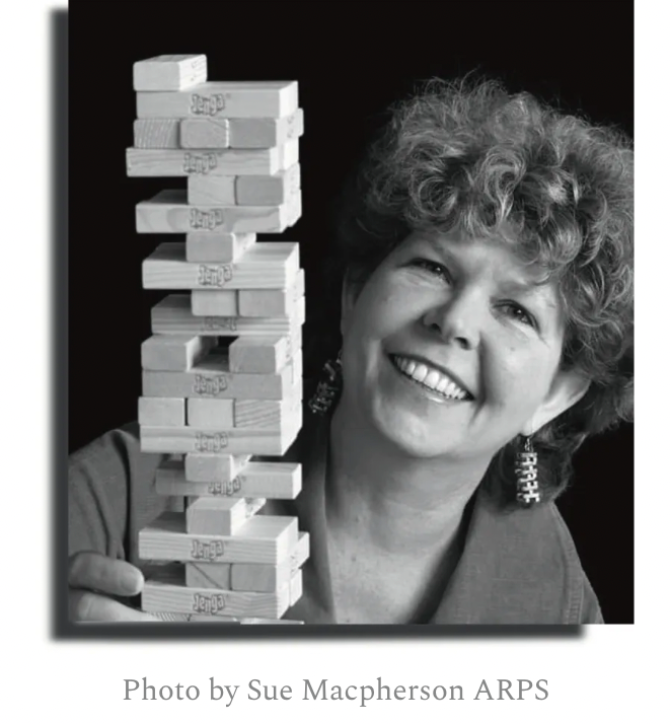
Press Release
Leslie Scott (creator of Jenga) announces the launch of BOUNDLESS PLAY

Press Release
New Study Highlights the Importance of Shopping from Trusted Toy Brands & Retailers this Cyber Monday
See more
Recent Wiki
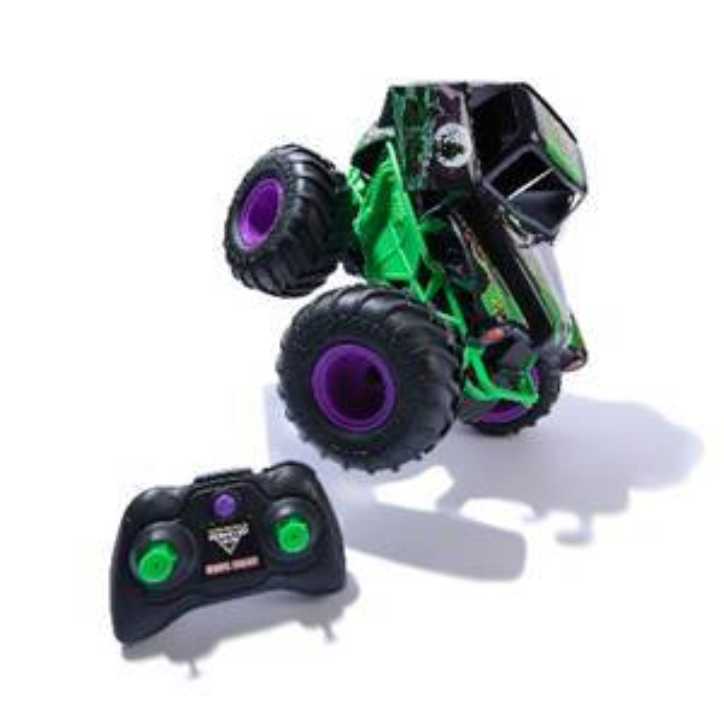
BOOK REVIEWS
Toy Review: Monster Jam Smash & Bash Grave Digger Monster Truck
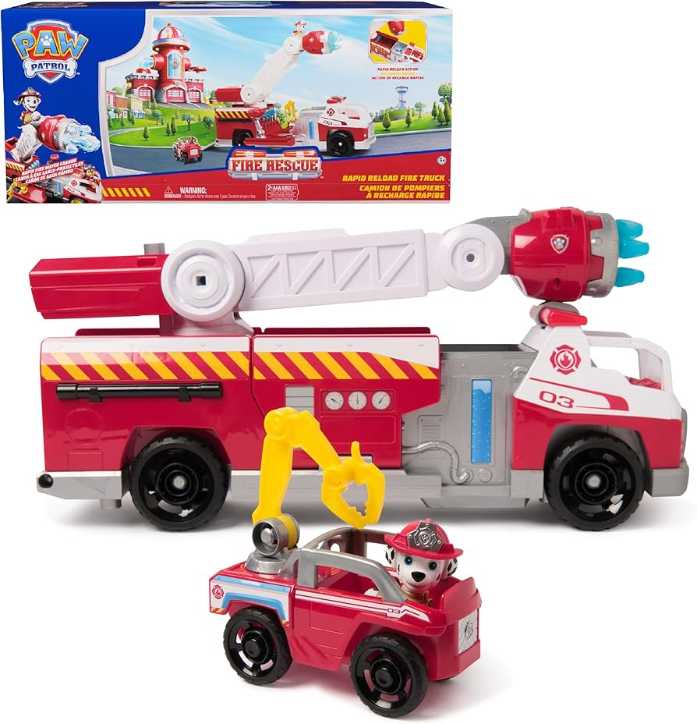
BOOK REVIEWS
Toy Review: Marshall's Rapid Rescue Fire Truck
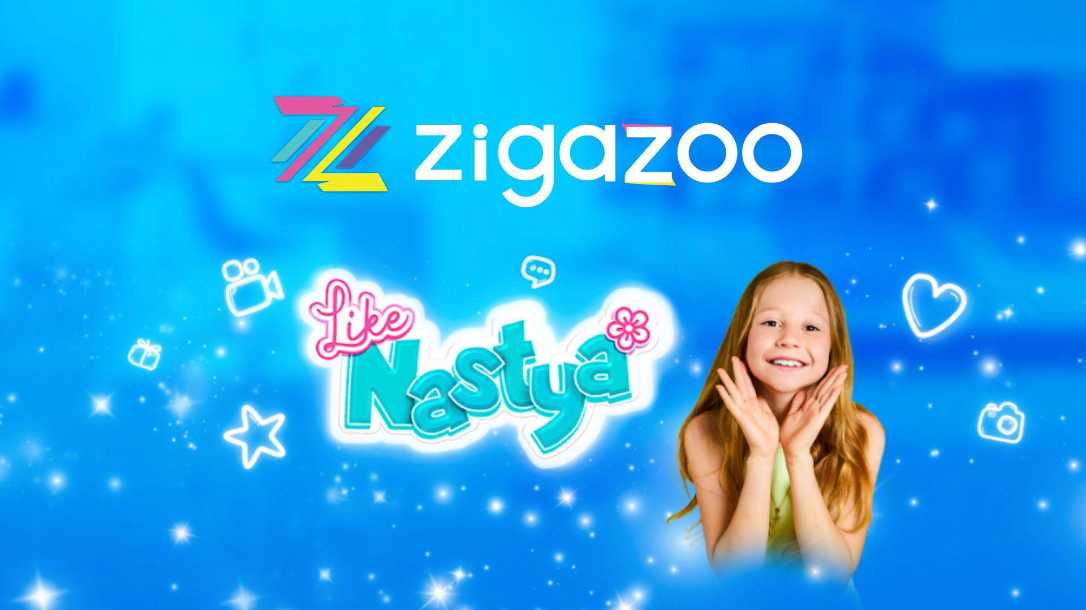
COMPANIES
Zigazoo Secures Partnership with YouTube Star Like Nastya to Inspire Millions of Kids
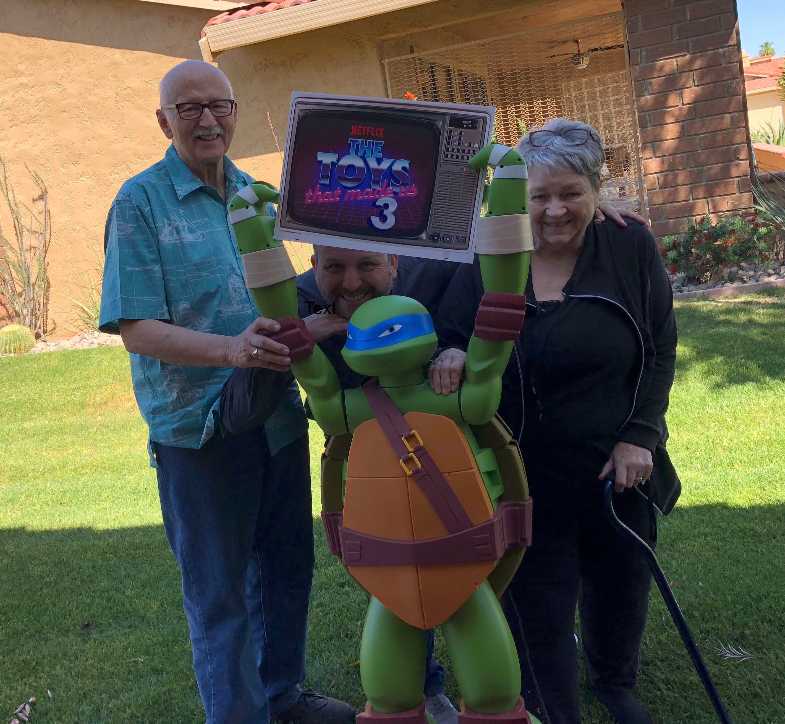
PEOPLE
A Legacy of Play: Inside the Carlson Family’s Multi-Generational Journey Through the Toy Industry
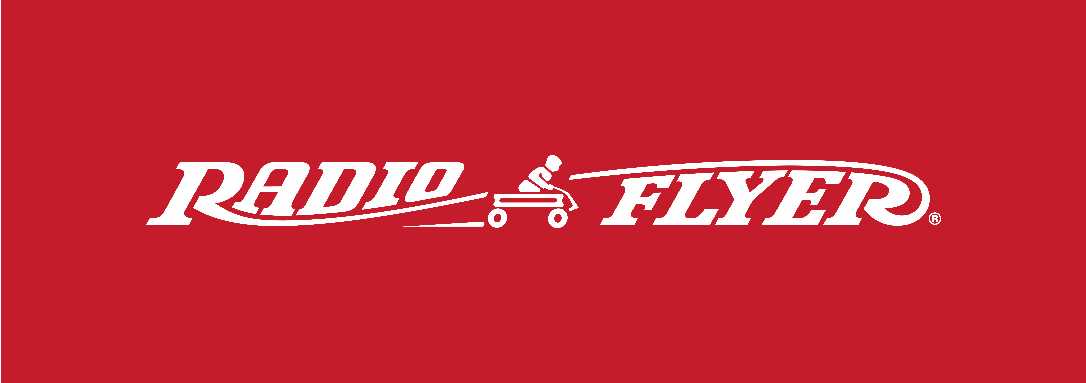
COMPANIES
Radio Flyer Studios Announces the Launch of its First Original Animated Series, Max & Maple: The Can-Do Kids
See more
POP's Got Talent

POP Entertainment
Randy Klimpert Shares his Ukulele Collection

POP Entertainment
Steve Casino Peanut Art

POP Entertainment
Everyone's Talking about POP!

POP Entertainment
Princess Etch - a Multi-Talented Etch A Sketch Artist

POP Entertainment
Joseph Herscher of Joseph' s Machines.
See more
Recent POPcast

Hidden Role: The Brains Behind your Favorite Games
Connie Vogelmann designed Apiary & Wyrmspan!

Hidden Role: The Brains Behind your Favorite Games
Bob Fuhrer... Is THE Crocodile Dentist!

Hidden Role: The Brains Behind your Favorite Games
Tom Dusenberry... Bought Atari, Wizards of the Coast, and Avalon Hill!

Hidden Role: The Brains Behind your Favorite Games
Matt Leacock created Pandemic... the game!

Hidden Role: The Brains Behind your Favorite Games
Scott Brown and Tim Swindle... are Launching a New Sport!
See more
POPDuos

POPDuos: Interviews with Legends and Leaders
POPDuo: Richard Dickson, Mattel’s President & COO, and Kedar Narayan, Young Inventor Challenge AMB

POPDuos: Interviews with Legends and Leaders
POPDuo: Will Shortz and Josh Wardle

POPDuos: Legends and Leaders Explore Creativity
POP Duo: Elan Lee, Co-Founder, Exploding Kittens.and Jeff Probst, Host and Exec Producer, Survivor

POPDuos: Legends and Leaders Explore Creativity
POP Duo: David Fuhrer, MNG Director, Blue Sq Innovations & Shawn Green, past Dodgers & Mets MLB Star

POPDuos: Legends and Leaders Explore Creativity
POP Duo: Bob Fuhrer, Founder, Nextoy and Tom Fazio, Golf Course Designer
See more
